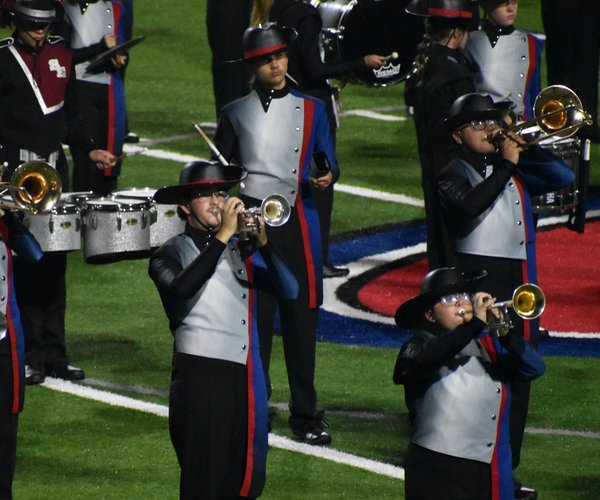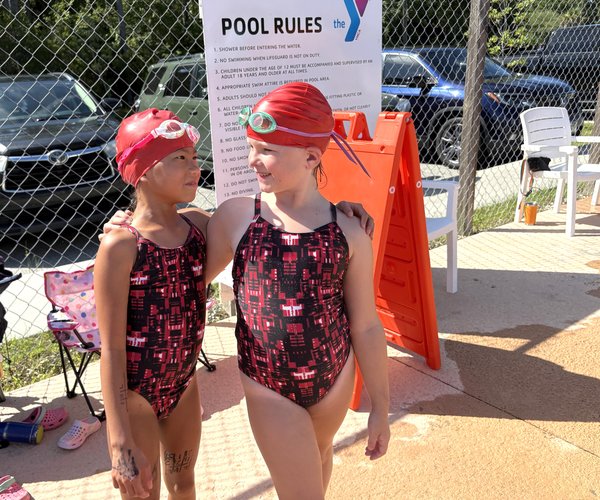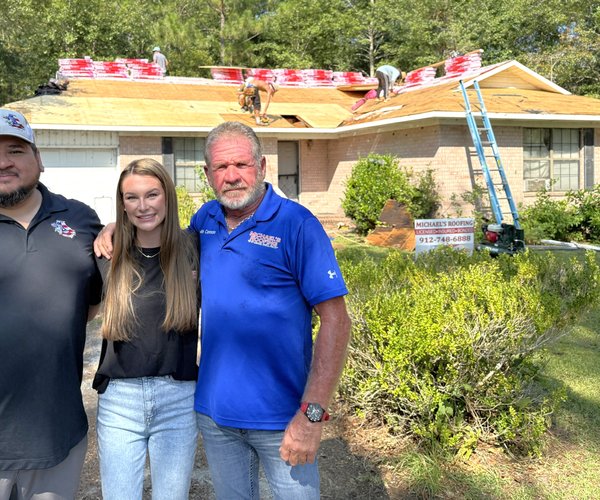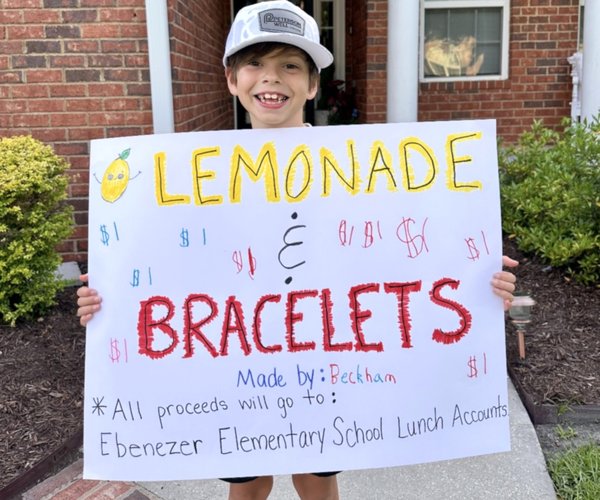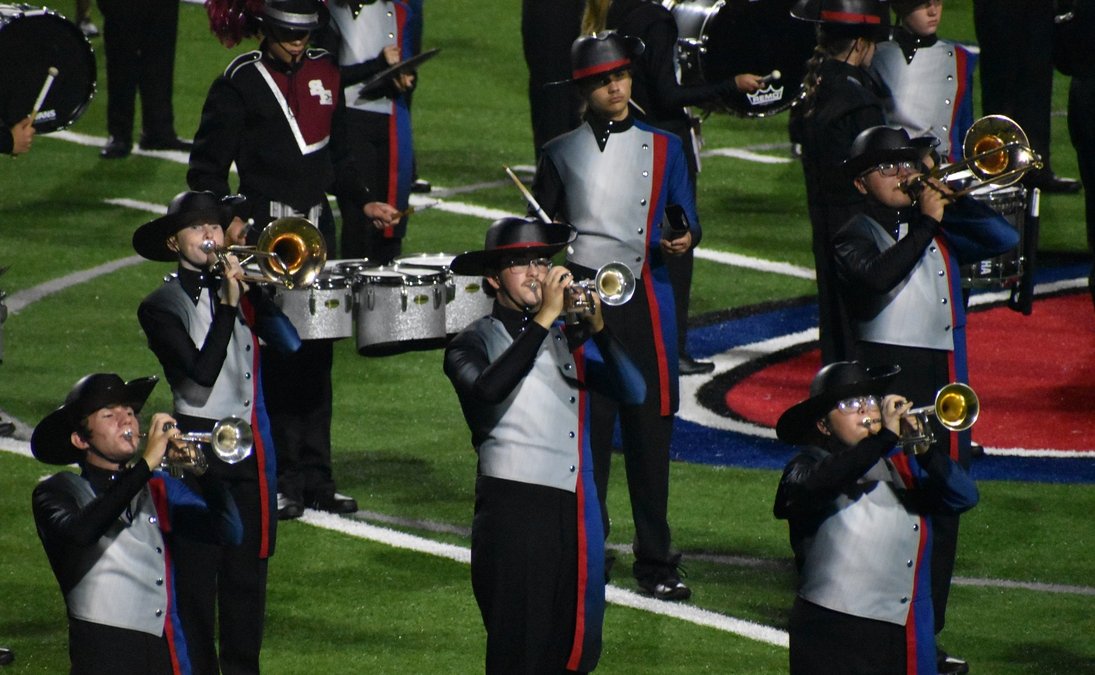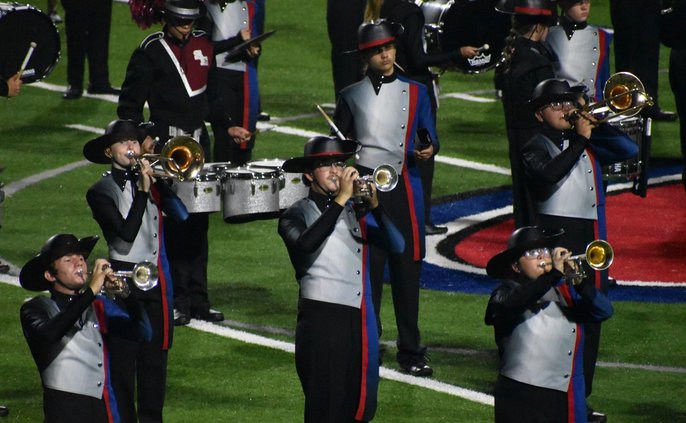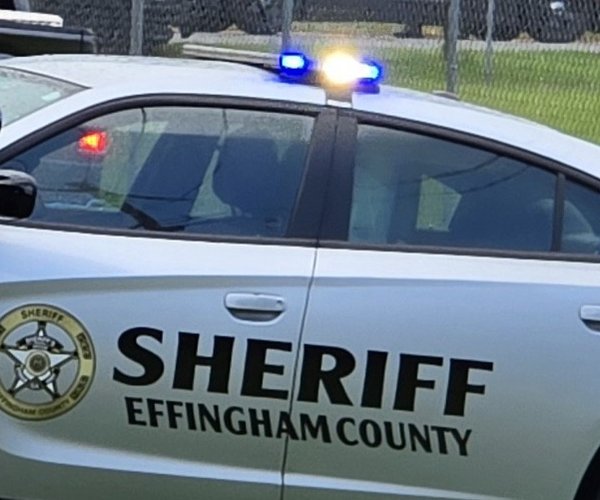A closer, clearer look at Effingham County could help more readily determine flood zones in the near future.
Effingham County commissioners approved an agreement to share in the cost of LIDAR mapping for the coastal area of Georgia. The Coastal Georgia Regional Development Center is coordinating the project. The U.S. Geological Survey and the Federal Emergency Management Agency, among others, are backing the flights.
County engineer Steve Liotta and GIS project manager Kresha Aycock have been working on getting LIDAR — short for light detection and ranging, a laser-based system that is used to define topography.
“What we are looking to do is to create a digital elevation model, to show the topography of Effingham County to a very high accuracy,” Liotta said.
That accuracy can show the slope of the land to a few inches, Liotta added, and is used by engineers to create flood models. That will help better define flood zones, he said.
“Our maps have not been changed in 22 years,” Liotta said. “There are people who have flood insurance who don’t need it, and people who don’t have flood insurance who do need it.”
Effingham’s share of the program will be $200,000. LIDAR flights can be expensive, according to Liotta, who noted Chatham County spent $400,000 for its recent LIDAR flights.
“It has been budgeted for several years for us to do this on our own,” Liotta said. “This is a very expensive project.”
FEMA, the USGS and the state’s Coastal Resources Division are donating money to the project, according to Liotta. Cost estimates to fly over the entire coastal region are at $2 million.
“I don’t see a way to do this better,” Liotta said.
There is $100,000 in the GIS department’s budget for the LIDAR project. The remainder likely will be taken from the county’s general fund.
Glynn and Liberty counties also have conducted LIDAR recently, so they are not a part of the 10-county consortium. Brantley, Charlton and Wayne counties are expected to sign on to the agreement.
LIDAR flights are flown mostly during winter when there is less foliage on the trees. That gives the lasers a clearer path to the ground.
Once the data is collected, computer models will be run and new maps should be available by early 2011. With the partnership of the other counties, data will be shared, meaning Effingham can get a look at the flood elevations at neighboring counties that are upstream and downstream of its creeks and rivers.


